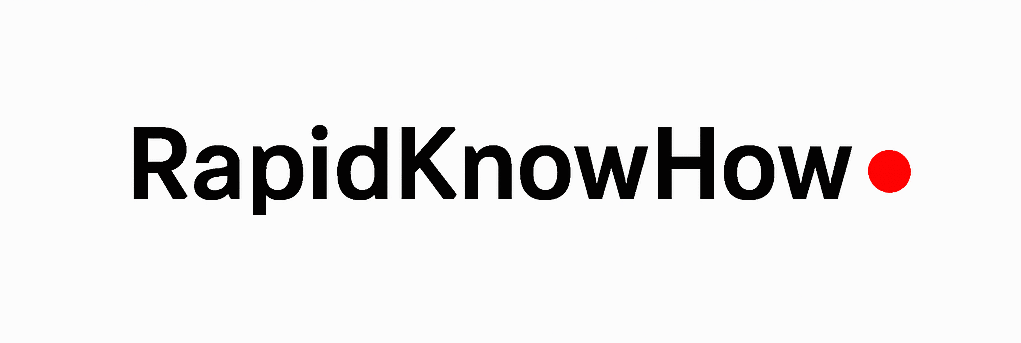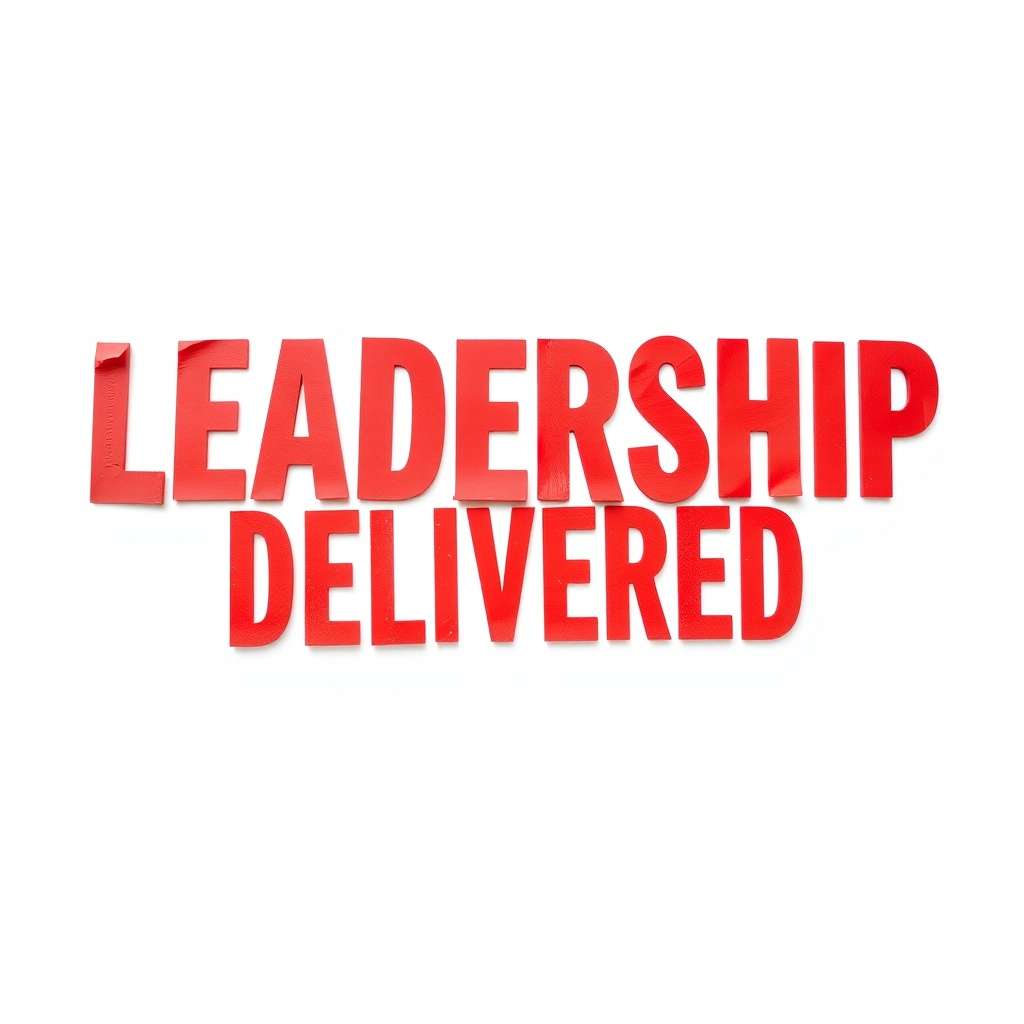1) Model & Priorities
Industrial Gas Leadership = Safety × Uptime × (Unit Economics + Partner Reach + Decarbonization)
- Safety First — process safety management, leading indicators, disciplined MOC
- Uptime & Reliability — ASU/PSA availability, telemetry, preventative maintenance
- Unit Economics — mode-of-supply fit, LTV:CAC, cost-to-serve, energy pass-through
- Partner Ecosystem — EPCs, OEMs, distributors, integrators, key accounts
- Decarbonization — power mix, efficiency, logistics, capture/offsets
2) Diagnostic Ladder (score 0–10)
Safety & Compliance
- 0–2: Reactive; incidents underreported; overdue actions
- 3–4: Basic PSM; lagging indicators only
- 5–6: Leading KPIs tracked; MOC in place; audits on time
- 7–8: Near misses analyzed; bowtie barriers monitored
- 9–10: Proactive risk mgmt; zero overdue; culture embeds safety
Reliability & OEE
- 0–2: Frequent unplanned downtime; no telemetry
- 3–4: Planned PM; limited sensors
- 5–6: OEE tracked; RCAs closed
- 7–8: Predictive; spares strategy; remote support
- 9–10: >98% availability; continuous improvement system
Commercial & Contracts
- 0–2: Commodity pricing; no take-or-pay
- 3–4: Basic ToP; weak energy clauses
- 5–6: Indexed clauses; mode-of-supply fit
- 7–8: Mix of on-site, bulk, cylinder; portfolio ROCE targets
- 9–10: Structured pricing; best-fit mode + pass-through excellence
Decarbonization & Cost
- 0–2: No baseline; diesel-heavy routes
- 3–4: Baseline set; ad-hoc projects
- 5–6: Plan for power mix & efficiency
- 7–8: Logistics optimized; capture pilots
- 9–10: Portfolio-optimized abatement & reporting
3) 12-Month Roadmap (2026)
Q1 — Stabilize
- PSM reset: leading KPIs, MOC, overdue = 0
- Reliability baseline: availability, OEE, MTBF
- Contract health review: ToP & energy clauses
Q2 — Optimize
- Predictive maintenance pilots
- Mode-of-supply re-fit of 3 customers
- Distribution routes re-optimized
Q3 — Scale
- Partner tiering (EPC/OEM/distributors)
- Licensable training + SOP packs
- Decarb wave: power & logistics
Q4 — Lead
- >98% availability on critical sites
- ≥50% partner-sourced growth
- Portfolio ROCE uplift vs 2025
4) 90-Day Ops + Commercial Sprint
Days 1–30
- Safety: near-miss capture + MOC discipline
- Reliability: top 3 bad actors RCA
- Commercial: ToP & energy clause template
Days 31–60
- Predictive PM on critical assets
- Rescope 2 customers’ supply mode
- Route time cut by 10%
Days 61–90
- License-ready training pack
- Partner co-marketing launch
- Decarb plan v1 signed
5) Operating System (PSM • S&OP • DMS)
- Daily: safety brief + critical alarms review
- Weekly: reliability board (A/P/Q, OEE, RCAs)
- Monthly: S&OP (demand, production, distribution, inventory)
- Quarterly: portfolio ROCE & decarb review
6) Metrics That Matter
- Availability (%) • OEE (%) • MTBF/MTTR
- On-time delivery (%) • Product loss (%) • €/ton-km
- ToP compliance (%) • Indexed price realization (%)
- Energy intensity (kWh/unit) • CO₂ baseline & abatement (t/y)
- ROCE • EBITDA margin
7) Scripts & Templates
Mode-of-Supply Refit (client email)
Energy Index Clause (proposal snippet)
8) Interactive Tools
9) Risks & Anti-Patterns
- Wrong supply mode (margin leakage, poor uptime)
- Weak energy pass-through (erosion in volatility)
- Unplanned downtime due to spares/PM gaps
- Empty backhauls; poor route density
- Decarb targets without baseline or economics
10) Next Steps & CTA
Now: Run the tools above (mode, contract, OEE, distribution, energy, decarb, safety).
Then: Pick one 30-day booster and set the weekly cadence.
RapidKnowHow + ChatGPT turns expertise into action in minutes. Our Leadership Delivered System makes best practice the default, standardizes results across teams and geographies, and scales impact through licensable, partner-ready tools—so your organization leads faster, clearer, and at lower cost.
The RapidKnowHow + ChatGPT Leadership Delivered System compresses time-to-insight to minutes, aligns teams on what to do next, and scales your edge via licensable, partner-ready playbooks across sectors and regions.- Josef David
Strategy & Positioning
- ICP — Ideal Customer Profile: the type of company or buyer you serve best (e.g., “mid-market industrials in EU”).
- GTM — Go-to-Market: how you win customers (channels, funnel, coverage).
- CTA — Call to Action: the concrete next step you ask for (e.g., “Book a 30-min fit call”).
- NPS — Net Promoter Score: loyalty metric from −100 to +100 based on “recommend?” survey.
Problem-Solving & Prioritization
- MECE — Mutually Exclusive, Collectively Exhaustive: structure issues so items don’t overlap and cover the whole problem.
- ICE — Impact × Confidence ÷ Effort: quick way to rank initiatives by payoff versus difficulty.
- RICE — Reach × Impact × Confidence ÷ Effort: prioritization adding “how many affected” (Reach).
- H1 / H2 / H3 — Hypotheses 1/2/3: statements you test to explain the outcome gap.
- A/B — A/B Test: run version A vs B to see which performs better, statistically.
Finance & Economics
- ROI — Return on Investment: (benefit − cost) ÷ cost; we also use “12-month ROI”.
- EV — Expected Value: price or fee × win probability (used in proposal economics).
- EBIT — Earnings Before Interest & Taxes: operating profit measure; often a target KPI.
- TCO — Total Cost of Ownership: full cost to build or buy (setup + run + maintenance).
- KPI — Key Performance Indicator: the success metric you’re aiming to move (e.g., “gross margin +3 pts”).
AI, Data & Platforms
- MLOps — Machine-Learning Operations: deploy, monitor, retrain and govern models safely.
- CI/CD — Continuous Integration / Continuous Delivery: automated build, test and deploy pipeline.
- PII — Personally Identifiable Information: data that can identify a person; needs special handling.
- RBAC — Role-Based Access Control: users only see data and tools allowed by their role.
- Model Registry — System of record for model versions and approvals.
- Drift — Model/data performance shift over time; requires monitoring and retraining.
- GenAI — Generative AI: systems that create text, images, code, etc., from prompts.
Sales, Pipeline & Delivery
- CRM — Customer Relationship Management: system to track contacts, deals and activities.
- Win Rate — % of qualified opportunities you close (not an acronym, but core metric).
- PMO — Project Management Office: function that governs large projects and portfolios.
Planning & Cadence
- Q1 / Q2 / Q3 / Q4 — Calendar or fiscal quarters (3-month blocks).
- FY — Fiscal Year: your accounting year (e.g., FY2026).
- v1 — Version 1: first working release you ship to users (“prove value fast”).
- Sprint — Fixed timebox (often 1–2 weeks) to build and ship increments.
Commercial Packaging & Offers
- Pilot — Small, time-boxed engagement to prove value and de-risk a larger rollout.
- Tiered Offer — Three options (e.g., Pilot / Core / Flagship) to match scope and price to value.
- Risk Reversal — Mechanism that reduces buyer risk (e.g., milestone-based fees or opt-out gates).
Governance & Compliance
- SLA — Service-Level Agreement: commitments on availability, quality or timeliness.
- Audit Trail — Record of who changed what and when (models, data, access).
- Guardrails — Technical and policy limits that keep AI use safe and compliant.
Industrial Gases — Short-Forms Glossary
Core gases & mixtures
- O₂ (Oxygen) — Supports combustion and steel/chemical processes.
- N₂ (Nitrogen) — Inerting, blanketing, purging, food packaging.
- Ar (Argon) — Shielding gas for welding; specialty inerting.
- H₂ (Hydrogen) — Refining, chemicals, fuel; flammable, light.
- He (Helium) — Cryogenics, leak testing, lifting; scarce.
- CO (Carbon Monoxide) — Syngas component; toxic.
- CO₂ (Carbon Dioxide) — Beverage, welding, dry ice; can asphyxiate.
- HyCO — Hydrogen + CO mix for synthesis (oxo/FT/etc.).
- Syngas — H₂ + CO (sometimes CO₂/CH₄) feedstock gas.
Product forms (short codes)
- GOX/GAN/GAr — Gaseous O₂ / N₂ / Ar.
- LOX/LIN/LAR — Liquid O₂ / N₂ / Ar (cryogenic bulk).
- GH₂/LH₂ — Gaseous / Liquid hydrogen.
- LCO₂ — Liquid CO₂.
Production & separation
- ASU — Air Separation Unit (cryogenic distillation for O₂/N₂/Ar).
- PSA — Pressure Swing Adsorption (e.g., H₂ purification, N₂ generation).
- VSA/VPSA — (Vacuum) PSA variants, lower pressure operation.
- SMR — Steam Methane Reforming (main H₂ route from natural gas).
- ATR/POX — Autothermal/Partial Oxidation for syngas/H₂.
- Electrolysis (ALK/PEM) — H₂ from water using electricity (alkaline / proton-exchange).
- Liquefier — Plant that cools gas to liquid (e.g., LIN/LOX/LH₂).
ASU key hardware
- MAC — Main Air Compressor (feeds the ASU).
- PPU/MSU — Pre-purification/Molecular sieve unit (removes H₂O/CO₂).
- Cold Box — Insulated housing for heat exchangers/columns.
- HP/LP Columns — High/low-pressure distillation columns.
- R/C — Reboiler-condenser (column energy coupling).
- Turboexpander — Expands air for refrigeration duty.
- Economizer — Main heat exchanger (warm↔cold streams).
H₂/CO plants hardware
- Desulfurizer — Removes sulfur before reforming.
- Primary Reformer — Catalyst tubes in fired furnace (makes syngas).
- Shift (HTS/LTS) — Converts CO→CO₂ + H₂ (high/low temp).
- PSA (H₂) — Purifies hydrogen to high purity.
- Deoxo — Catalytic O₂ removal (H₂ service).
- Recycle/Makeup Compressor — Moves process or product gas.
Supply modes
- Cylinders/Bundles — High-pressure packages for low volumes.
- MEGC — Multiple-Element Gas Container (tube trailer container).
- MicroBulk — Small onsite cryogenic tank service.
- Bulk Tanker — Road delivery of LOX/LIN/LAR/LCO₂.
- ISO Tank — Intermodal cryogenic or CO₂ container.
- Tube Trailer — High-pressure gas delivery (H₂/N₂/etc.).
- Pipeline — Continuous supply to large consumers.
- On-site Plant — Customer-sited ASU/PSA/SMR under contract.
Operations & KPIs
- On-stream Factor — % time the plant delivers spec product.
- Availability/Reliability — Uptime readiness / failure frequency.
- Specific Power — kWh per unit gas (e.g., kWh/Nm³ O₂).
- Recovery — % of target gas captured from feed.
- Turndown — Lowest stable load as % of nameplate.
- Ramp Rate — How fast load can change.
- Fill Rate — % orders delivered in full on time.
Quality & specs
- Purity (%) — Main component concentration.
- Impurities (ppm/ppb) — Trace contaminants (H₂O, O₂, THC, N₂O…).
- Dew Point — Temperature where moisture condenses at pressure.
- Moisture (H₂O) — Often the tightest spec for electronics/food.
- Food-grade CO₂ (E290) — CO₂ suitable for beverage/food use.
- O₂ Clean / O₂ Compatible — Materials/procedures safe for oxygen service.
Safety & compliance
- ODH — Oxygen Deficiency Hazard (asphyxiation risk).
- O₂ Enrichment — >23% O₂; materials ignite more easily.
- LEL/UEL — Lower/Upper Explosive Limit for flammables.
- HAZOP/LOPA — Process hazard/risk analyses.
- SIL — Safety Integrity Level for instrumented functions.
- PSM — Process Safety Management (regulatory framework).
- ATEX/PED — EU explosive atmospheres / pressure equipment.
- ADR/DOT/IMDG — Road (EU), US, and maritime transport codes.
- Embrittlement (H₂) — H₂ can weaken some metals.
- Cryogenic Burns — Frostbite risk from LOX/LIN/LAR/LH₂.
Logistics & packaging
- Dewar — Insulated vessel for small cryogenic volumes.
- ISOframe — Frame-mounted ISO tank for intermodal moves.
- Cascade Fill — Sequential filling from multiple pressure banks.
- Telemetry — Remote tank level/pressure monitoring.
Commercial & contracts
- Merchant vs Tonnage — Packaged/bulk (merchant) vs pipeline/on-site (tonnage).
- Take-or-Pay — Minimum payment regardless of actual take.
- Minimum Take/Offtake — Contracted baseline volume.
- Energy Pass-Through — Price indexed to power/steam/fuel.
- BOO/BOT/BOOT — Build-Own-Operate / Build-Operate-Transfer / Build-Own-Operate-Transfer.
- ESCO — Energy Service Company-style performance contract.
- CPI Escalator — Price adjustment with inflation index.
Units & measurement
- Nm³ / Sm³ — Normal/Standard m³ (reference T,P defined).
- scfh / slpm — Standard cubic feet per hour / standard liters per minute.
- bar(g)/bar(a) — Gauge vs absolute pressure (psig/psia in US).
- ppm(v)/ppb(v) — Parts per million/billion by volume.
- °C/K — Celsius/Kelvin; cryogenic = very low temperature.




